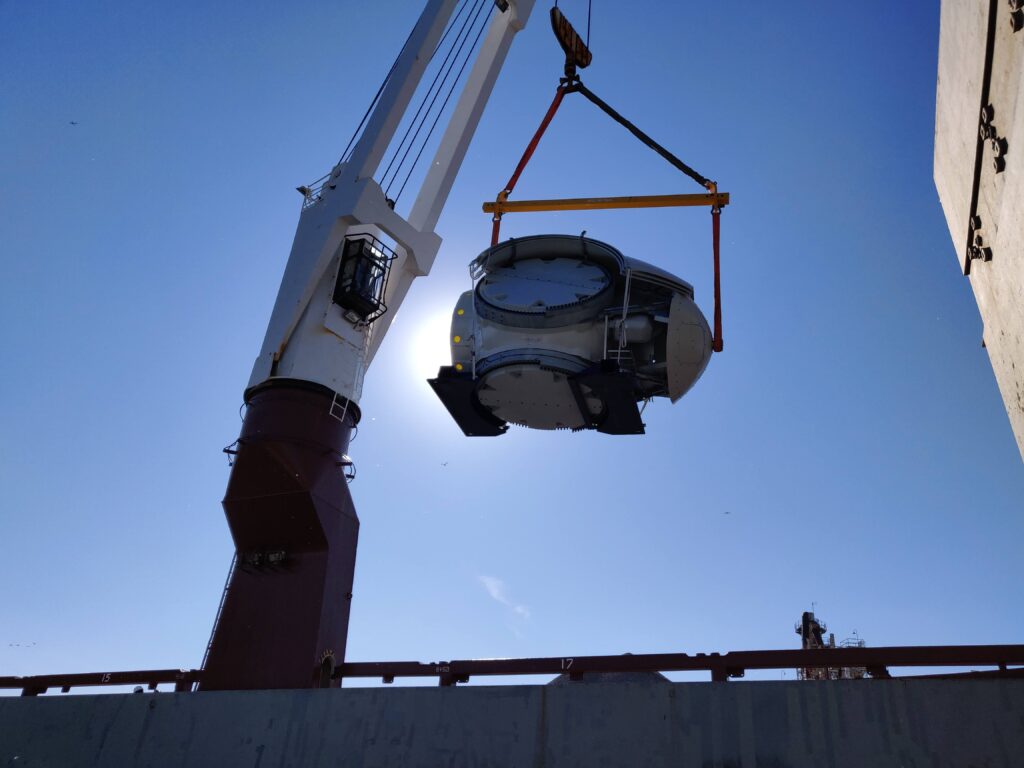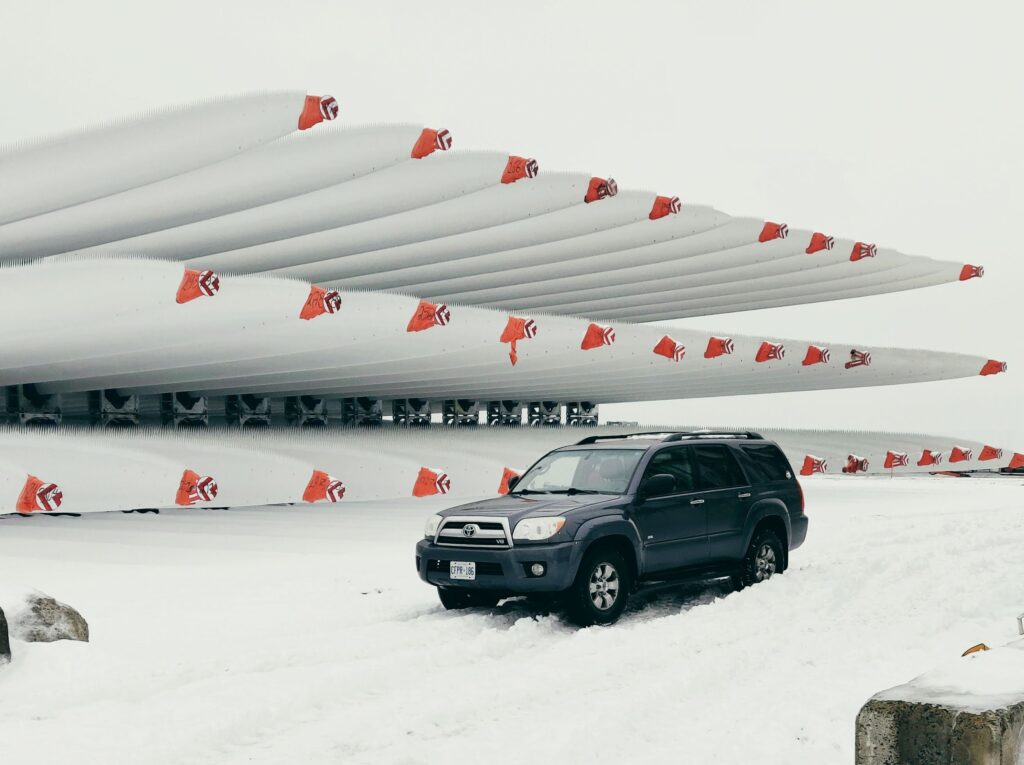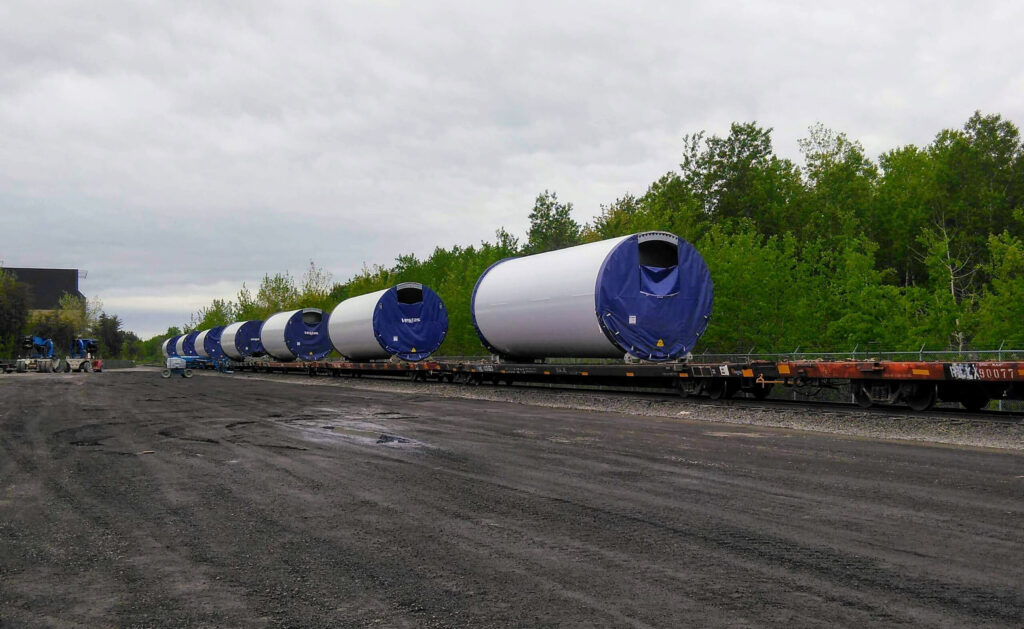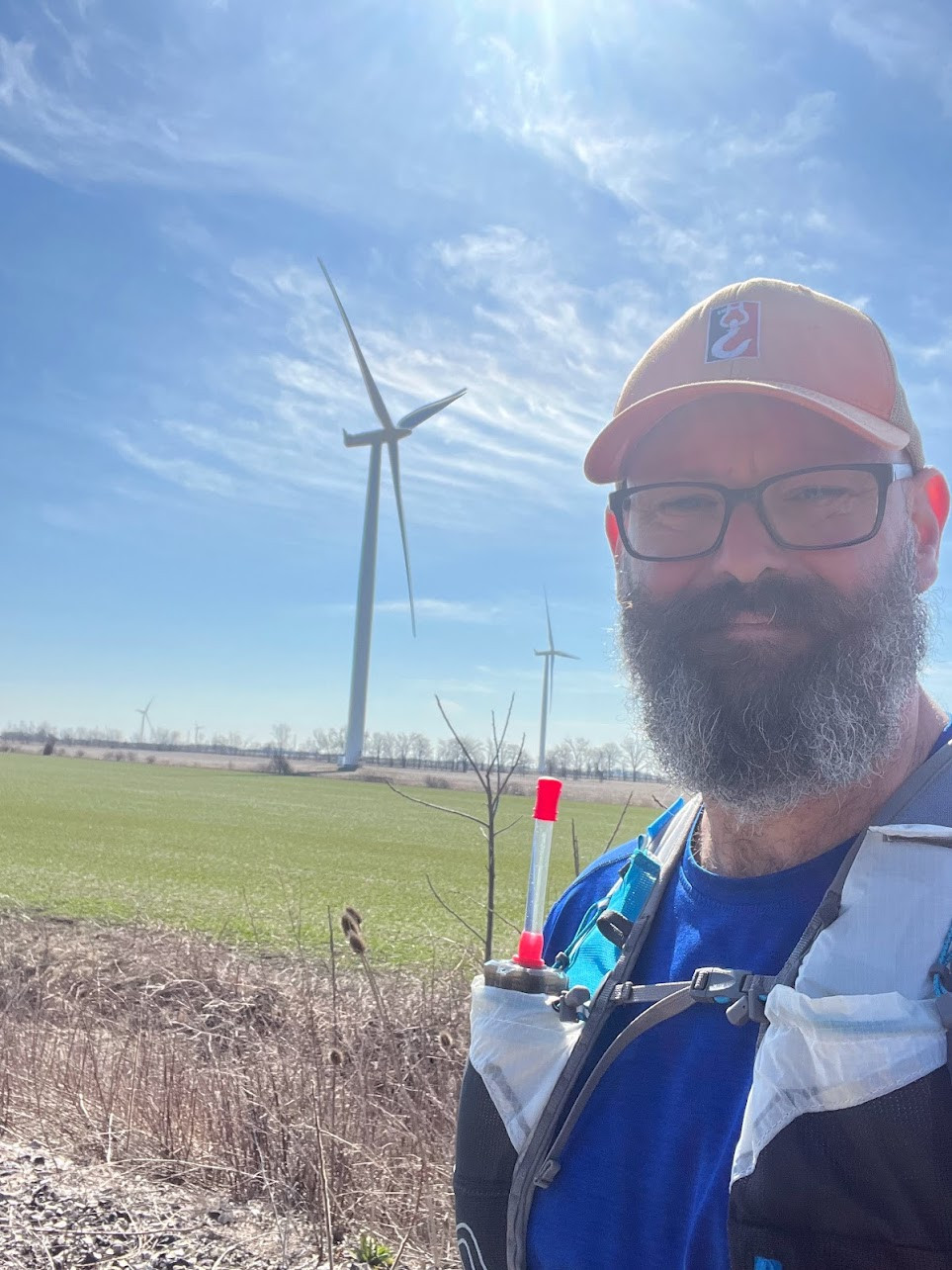For a while, the entirety of the work I did revolved around the handling and movement of wind turbine components. Loading to ship, discharging from ship, loading to rail, loading to truck, barge loads etc. In fact, the first cargo surveys I ever preformed on my own were out turn surveys of wind cargo back in the early 2000s. I can safely say (without the self aggrandizing exaggeration that one would expect from a post like this) that over the years I have overseen the handling of several thousand pieces of wind cargo.
My start with wind cargo was simply a matter of being in the right place at the right time. I had recently started my own survey business when the wind market started booming on the Great Lakes. My local port, where I had spent years as an employee (in both labour and management roles) became a hub of wind cargo handling and I got swept along for the ride. For a few years wind turbines were popping up all over southern Ontario like toadstools after a rain, and I was lucky enough to have ben there for th discharge of nearly every single component of them.
I live in a semi-rural area of southern Ontario and wind turbines are a pretty common sight here. I can see several turbines from my back yard; when buying the home our agent asked if it would bother us looking out our window and seeing big pinwheels. Quite the opposite I replied, as those big pinwheels helped pay for this house! My daily walks/runs go along an abandoned rail line and there are wind turbines on either side the entire way. I’m positive the reason my wife and kids won’t join me on my walks is because I won’t shut up about the turbines (“That one has 4 tower sections, that one has seven. That unit has 62 metre blades and those ones over there have 53 metre blades…..”)

Just as things started to cool down here in southern Ontario, I got a call from another survey company asking if I’d be interested in working with them on a pretty big wind project up on the St. Lawrence (well, the cargo and port operations were on the St. Lawrence, the actual wind farm was more inland.) During that time their presence in the wind cargo handling market really started to take off and once again, I went along for the ride. I’ve since attended cargo operations at ports in Quebec, Ontario, New Brunswick, Pennsylvania, New York, Illinois, and Michigan and Texas. In fact, the reason I’ve visited my beloved Gaspé was to attend the load out of wind turbine blades from the local manufacturing facility.
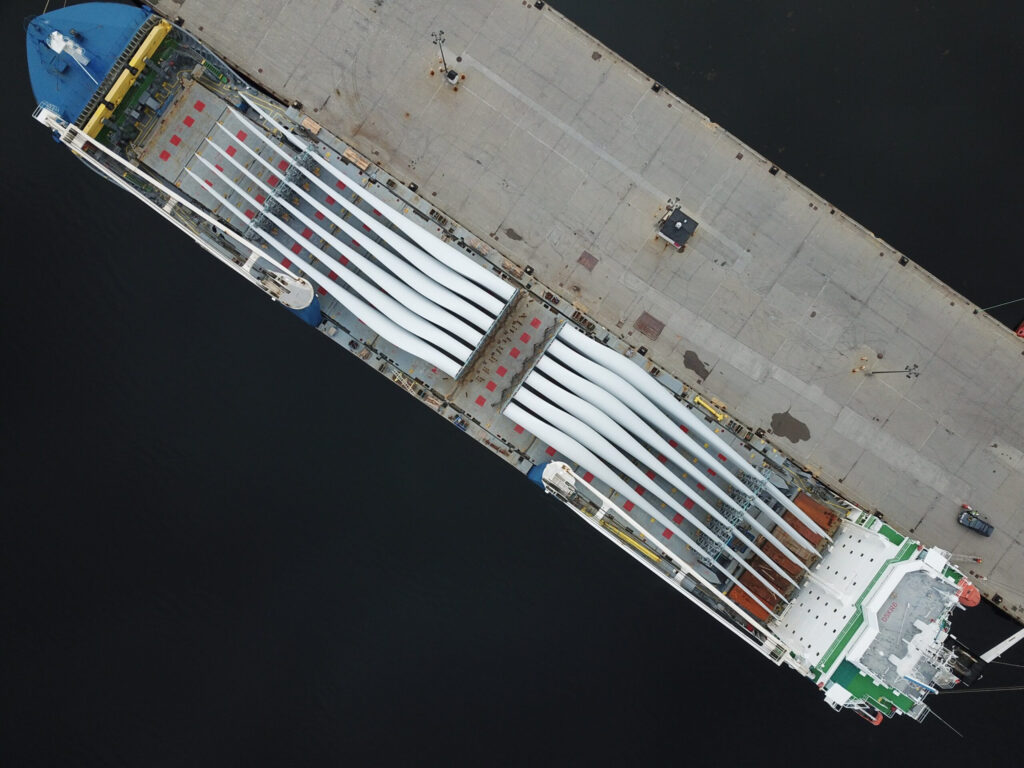
Over the past year I’ve only attended a few shipments of wind cargo due to a combination of scheduling conflicts, market slowdowns, and other aspects of MCI gaining traction. Whatever happens in the market, and whatever way MCI develops I will always have a strong appreciation for wind cargo. Do you need a surveyor or cargo superintendent for wind cargo or just want to pick my brain about cargo operations? Feel free to reach out at bmanor@mcimaritime.com !!
Here are a few pics from wind cargo operations over the years.





